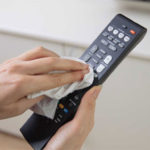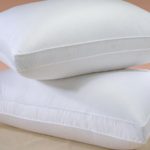Bubble sponges in the household are often used for dishwashing or scrubbing other items. Because of their purpose, the sponges themselves contain a significant amount of bacteria, even though they are always treated with cleaning solution and soap on a daily basis.
According to Healthline, a study evaluating the bacterial status on dishwashing sponges in the kitchen through DNA sequencing showed that the sponges contain many different types of bacteria. These bacteria can cause immune system damage or lead to symptoms such as headaches, nausea, and diarrhea in humans.
In another study conducted in 2017 by Scientific Reports, there were up to 82 billion bacteria per square inch of a used kitchen sponge, as reported by House Digest.
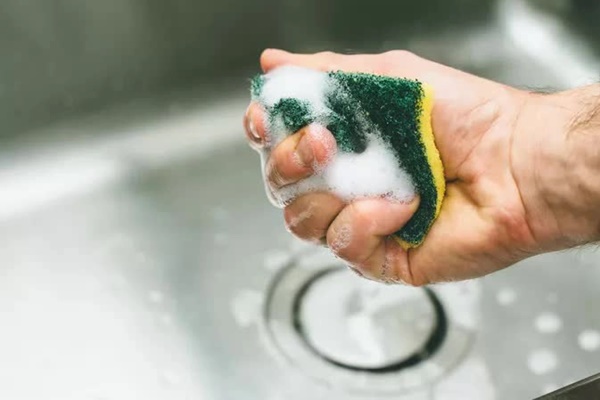
Dishwashing sponges contain more bacteria than we think. (Illustrative photo)
Therefore, it is best for every household to replace their kitchen sponges regularly. The recommended time to do this is about 1-2 weeks per replacement. If the frequency of use is higher, it also means that you need to replace it sooner, about 1 week per replacement.
Replacing this item ensures that your utensils are cleaner and safer for the health of users.
The CEO of a cleaning service in the US shared on The Spruce that even before the scheduled replacement time, there are warning signs that indicate the need to replace the sponge earlier.
1. Discolored sponge
The easiest way to know that it is time to say goodbye to that old sponge is to look at its appearance, specifically its color. If after being washed or thoroughly cleaned, the sponge still has yellow stains, areas with abnormal color changes, or even black mold spots, it is best to get rid of it.
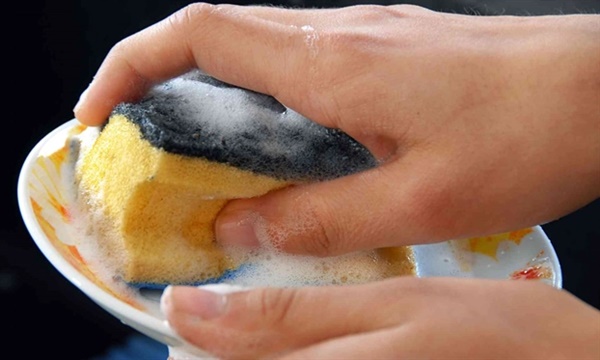
2. Sponge has a strange smell
Typically, sponges should not have any smell, even when they come into regular contact with cleaning agents.
However, if one day the sponge starts to emit strange odors like a sour smell or a musty smell, it indicates that it is being invaded by bacteria. The odor may or may not be accompanied by discoloration.
Therefore, pay attention to the smell of the sponge when using it. The smell of the sponge not only affects the effectiveness of cleaning utensils, but can also spread throughout your kitchen, causing inconvenience to your daily life.

The sponge emitting a strange odor may be due to the accumulation of bacterial mold. (Illustrative photo)
3. Sponge starts to deteriorate
The most obvious sign that you need to buy a new sponge is when the old sponge starts to deteriorate. With its foam structure, over time, the sponge can become mushy and release small foam particles or even tear.
At this point, it is clear that you cannot continue to use it, as it will also compromise hygiene and has the potential to clog drain pipes.
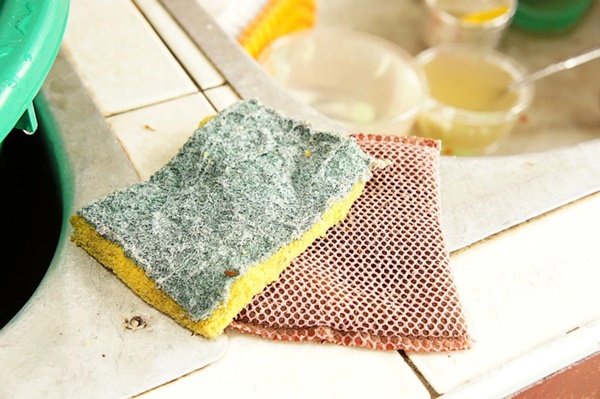
If you notice that the sponge is starting to deteriorate or even tear, replace it immediately. (Illustrative photo)
The presence of strange signs, warning of damage or not, along with the time factor, can also be the result of your household’s preservation practices.
After use, it is better not to store the sponge immediately in sealed containers. The sponge should be allowed to dry, avoiding stagnant water inside, which can lead to moisture and mold. For more meticulous households, the sponge can be cleaned regularly.
You can also equip the sink area with open racks or shelves for convenient placement of the sponge. They can both drain water and dry naturally.
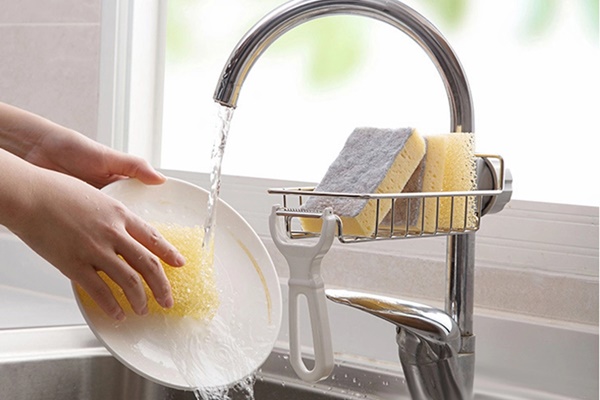
After being used, the dishwashing sponge needs to be dried completely or cleaned more thoroughly. (Illustrative photo)
Some easy and time-saving methods to clean the sponge include using the microwave, dishwasher, or soaking and washing it with soap, then drying it in the sun.
With the microwave method, you can place the wet sponge in the microwave for about 1 minute and turn on high temperature. This method has the function of sterilizing the sponge. However, before doing this, make sure there are no metal pieces or threads inside or on the surface of the sponge, as they can cause sparks and pose a risk when placed in the microwave.
In addition to using a sponge for dishwashing, you can also consider alternative methods such as using loofah, cleaning mesh pads, as they have higher durability.
According to Phụ Nữ Việt Nam
8 Common Mistakes People Make with Cutting Boards
Are you using your cutting board correctly? Many Vietnamese households rely on cutting boards in their kitchen, but not everyone knows how to use them properly, especially when it comes to wooden cutting boards. Check out these 8 mistakes to avoid when using a cutting board to ensure both hygiene and safety for everyone in your family.


